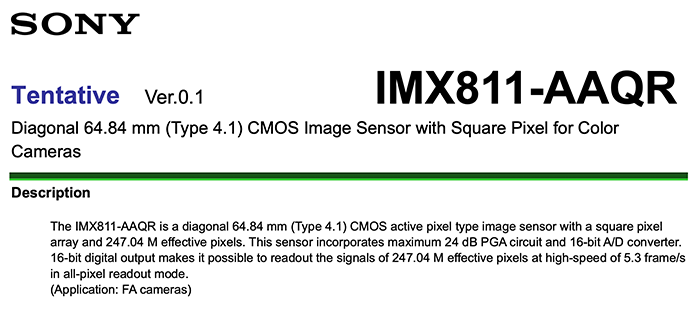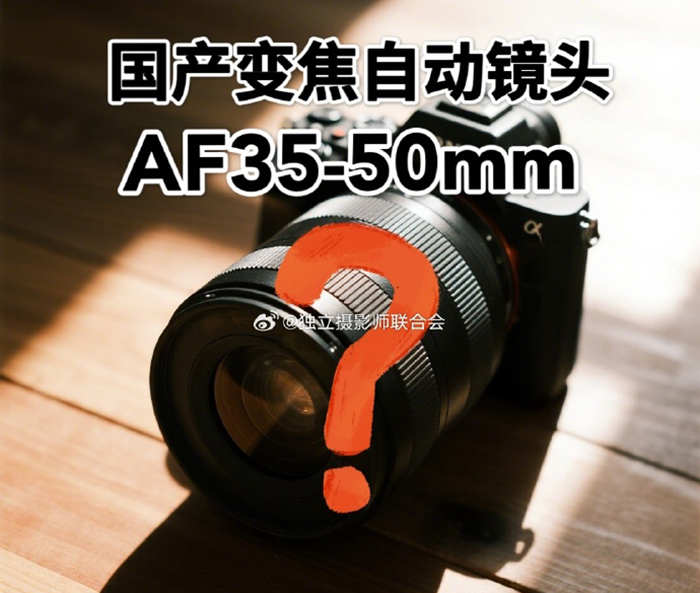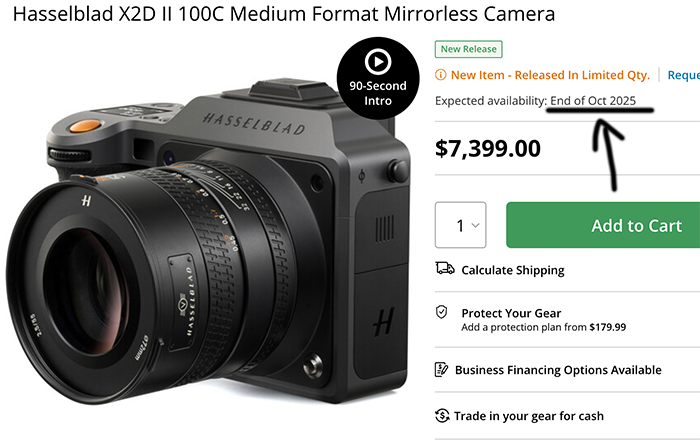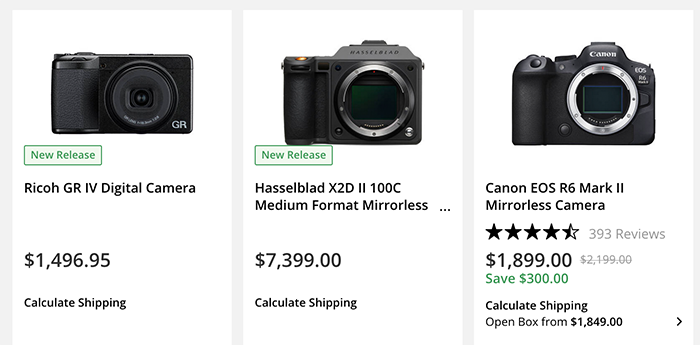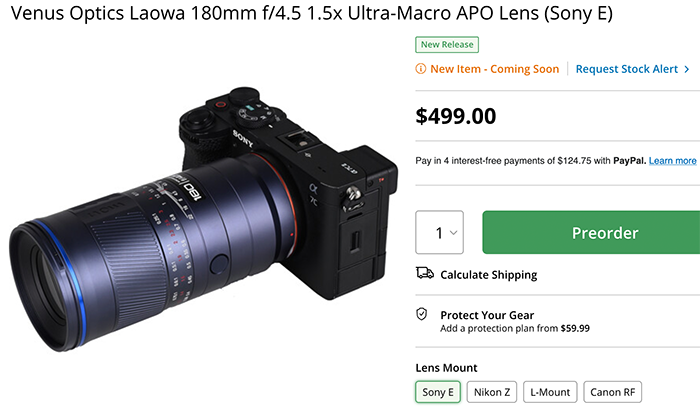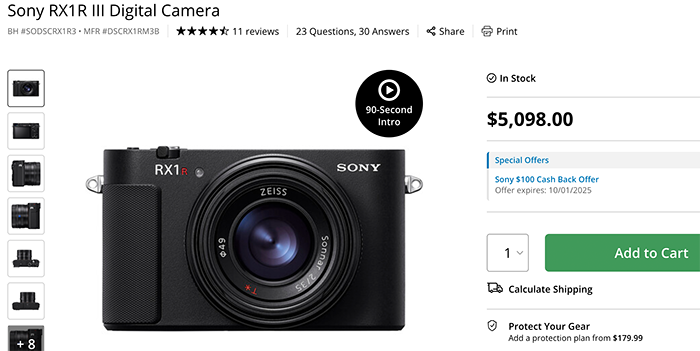LaCie announced the new generation of Rugged SSD4 USB4 External SSD
LaCie has just announced its latest portable storage solution: the Rugged SSD4 External SSD which is now available in 1-2-4 TB configurations at BHphoto and Amazon.
Here is what’s new:
The new LaCie Rugged SSD4 USB4 External SSD is powered by Thunderbolt 5 technology, delivering blazing-fast transfer speeds of up to 40 GB/s. This makes it ideal for moving and editing large media files on the go. It also maintains backward compatibility with Thunderbolt 3 and 4, as well as multiple USB-C interfaces, ensuring seamless workflow integration across devices.
As part of LaCie’s iconic Rugged lineup, the SSD4 features the brand’s signature orange-and-silver protective shell. It’s built to survive minor drops and falls and carries an IP54 rating, providing protection against dust and splashes—making it a perfect travel companion for creators on the move.
The Rugged SSD4 works across a wide range of platforms, including macOS, iPadOS, iOS, Windows, ChromeOS, Android, and even select gaming consoles. Storage options include 1TB, 2TB, and 4TB capacities, all backed by LaCie’s Rescue Data Recovery Services for added peace of mind.
With its combination of extreme speed, rugged durability, and cross-platform compatibility, the LaCie Rugged SSD4 is set to become an essential tool for professionals and enthusiasts alike.

